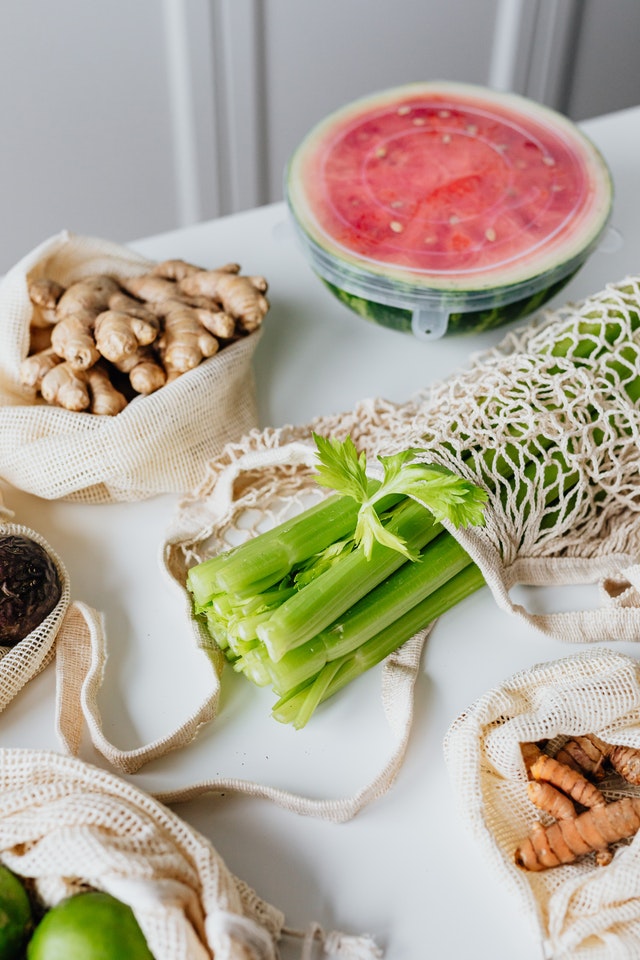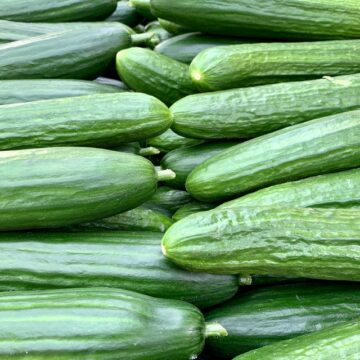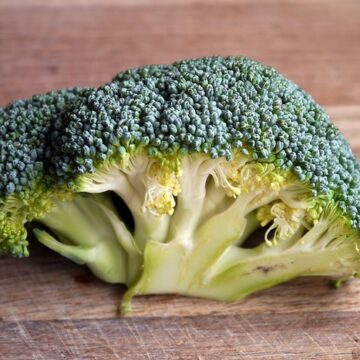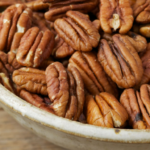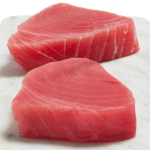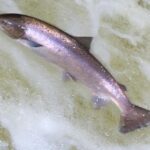What is celery and can dogs eat it? This article will tell you the nutritional benefits of adding celery to your dog’s diet. We’ll also tell you how to prepare it for your dog. Let’s begin! What is celery? What is its purpose? And can dogs eat celery? This article will answer these questions and more! Read on! Listed below are some common misconceptions about celery.
What is celeri?
If you’re wondering what celery is, you’re not alone. Celery is a marshland plant in the Apiaceae family that has been cultivated for food since antiquity. Celery is the whole plant, including the stalk, leaves, and hypocotyl, which are all edible. The seed is often used as a spice. In this article, we’ll discuss the history of celery and some of its uses.
When shopping for celery, look for a crisp, green stalk with few or no wilting leaves. Washing celery will increase the speed of spoilage. Instead, keep it dry in the fridge for at least five days and wrap it in paper towels. Avoid buying celery that has gone bad too soon, as the stalks will lose their nutrient content and become limp. Always buy celery that is not frozen, as it will become mushy when defrosted.
What’s more, celery contains several important antioxidants. Its phenolic and polysaccharides fight against free radicals and protect against cellular damage. Because they’re naturally produced in the body, too much of these compounds can be harmful. The four-inch stalk of celery has an abundance of antioxidants including vitamin C, potassium, and folate. Some of these compounds have been linked to a reduction in inflammation in the brain.
The earliest known use of celery is as a spice. Its ancestry dates back to the Middle East, and ancient Chinese and Greeks used celery as a spice and medicine. Its shape and flavor resembled wild celery or smallage. The evolution of celery led to the development of large, fleshy petioles. Some varieties are edible only when their stringiness has been removed.
The seeds of celery contain a compound called NBP, which has a diuretic effect. This compound has the ability to purify harmful bacteria compounds. Studies have shown that celery seed extract can strengthen the immune system by fighting bacterial infections. Its other properties may include fiber, anti-oxidants, and prebiotic-like effects. All of these compounds are beneficial for human health. So, if you’re wondering, what is celery?
Nutritional benefits of celery to a dog’s diet?
Adding celery to your dog’s food can have some surprising benefits, but this vegetable should only be fed to your dog occasionally. It is a bit hard for your dog to chew, so it is best to cut it up into smaller pieces or mince it using an electric dicer. The leaves are also safe to feed, but some dogs may not like the taste. To minimize your dog’s chances of consuming celery, make sure it is thoroughly cleaned and refrigerated. Celery will last for two to four weeks when stored properly. Avoid giving celery to your dog if it feels soft.
You can safely feed your canine with celery, but you should make sure that the vegetables are pesticide-free and thoroughly washed before giving them to your dog. It is also recommended to grow your own celery, preferably using organic pesticides. A healthy diet for your dog should contain a variety of fruits, vegetables, and nuts, including celery. It is also recommended to introduce celery to your dog in small amounts, alternating it with other foods.
In addition to its healthy effects, celery can help your dog lose weight. It is low in calories, making it an excellent treat for dogs who are trying to lose weight. Plus, celery contains a high level of flavonoids, which help boost the immune system, reduce inflammation, and fight free radicals in the body. These beneficial properties make celery a great addition to any dog’s diet.
Another benefit of adding celery to your dog’s food is its ability to replace chew bones. Celery can be given raw or cooked, which helps your dog’s teeth and gums. Celery is also low in calories and is a high source of fiber. When fed raw, it can be mixed with food. It is best to gradually introduce celery to your dog’s diet so as to avoid any negative effects.
The fiber content of celery makes it an ideal snack for dogs and helps curb their appetite and prevent overeating. In addition, moderate celery consumption is beneficial to the kidneys, preventing urinary tract infections. Celery also contains antioxidants that can fight off cancer cells. By combining celery with a nutritious diet and regular exercise, your dog will be satisfied with the nutrients and benefits of this vegetable.
Best ways to prepare celery for your dog?
While celery is not the healthiest food you can feed your dog, there are a few ways to make it a tasty treat for him. Adding celery to your dog’s kibble is a tasty way to give your pet a healthy snack. You can even blend it up with yogurt and other pet-safe fruits. Alternatively, you can also freeze it and give it to your dog as a raw treat.
When serving celery to your dog, make sure to cut it into bite-size pieces. Never serve your dog a whole stalk as this can be a choking hazard. Always wash celery before giving it to your dog, and make sure to remove pesticides and bacteria from it before serving it to your dog. Depending on the size of your dog, you may also want to try giving them pieces of celery in their favorite homemade pet treats.
If your dog has sore teeth, you might want to dice it or mince it into smaller pieces. If you don’t want to do that, use an electric dicer to make a paste. Be sure to wash celery well and refrigerate it after chopping. Store celery in the refrigerator and it will last two to four weeks. Keep in mind that celery that has gotten soft is close to going bad.
In addition to being healthy for your dog, celery also has a few minor health benefits for your pet. Because it is 95% water, it’s safe for your dog to eat in small quantities. However, it should not be used as a meal replacement. It’s not a bad summer treat for your dog, but it may not be the best choice for your pooch. You should always cut celery into bite-size pieces before giving it to your dog.
Although it is safe for dogs to eat celery, it should be boiled to prevent choking. Although celery is generally safe to feed to puppies, small dogs can choke easily when it comes to eating it raw. Also, boiled celery kills most of its nutrients and reduces the amount of water in it, so be sure to avoid this method if you plan on feeding your dog celery.
Is celery good for dogs?
Depending on how much of it you cut, celery can be a safe and healthy snack for your dog. In fact, it can even help freshen your dog’s breath! To give your dog the most nutritional benefits, cut the celery stalks into small pieces. Then, sprinkle a small amount of celery juice over their feed. Or, you can give your dog celery sticks as treats.
Celery is loaded with antioxidants, which can prevent and treat several conditions. High-fiber diets can prevent colon cancer and reduce the risk of urinary tract infections. Fiber supplements can also help your dog’s digestive system work properly. Added to that, celery is low in calories, making it an excellent treat for your overweight dog. And the best part? It tastes great, too! Your dog will love it!
You can also give your dog the pulp from celery, which is a by-product of the celery juice. Celery pulp is high in vitamins and dietary fibre and is an excellent choice for a healthy, low-cost snack. It can even help your dog lose weight! But be careful not to overfeed your dog! As a general rule, it’s best to give your dog just a little celery at a time.
There is a small risk of allergic reactions to celery. In rare cases, your dog may experience gas and an upset stomach, but you shouldn’t worry. Celery is generally safe to feed your dog, as long as it is washed properly. You should also wash celery thoroughly before serving it. However, some dogs may be sensitive to it and should avoid eating too much. A few weeks of introducing it slowly will ensure that your dog doesn’t develop an allergic reaction to it.
Be careful to cut the celery pieces into smaller pieces for your dog. Large pieces of celery can pose a choking hazard to your dog, so only offer them bite-size pieces. Small pieces of celery can also pose a choking hazard. Fibrous strands on the celery stalk can also get stuck in the teeth of your dog. Celery can cause intestinal problems, so discontinue its consumption immediately.
